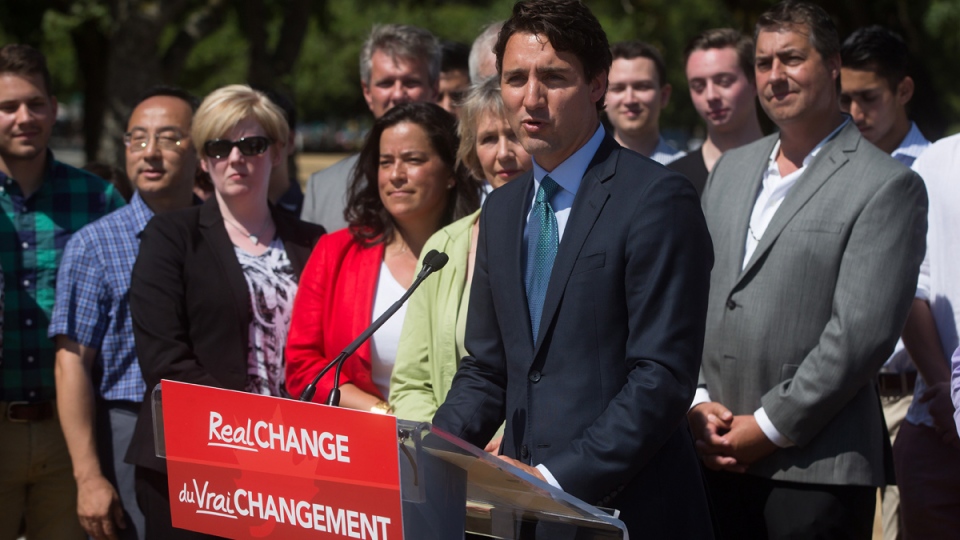Canada’s new prime minister Justin Trudeau was sworn into office Wednesday along with his new federal cabinet, including new Minister of Environment and Climate Change Catherine McKenna.
Canadian climate and energy think tank Clean Energy Canada, which is based at British Columbia’s Simon Fraser University, welcomed the new environment minister and highlighted the key points the Liberal Party had committed to so far in their promised “real change” environment policy, including:
- Invest $100 million more per year in the growth and development of cleantech companies.
- Work with the private sector to unlock venture capital.
- Shift subsidies from fossil fuels to ‘new and clean technology’.
- Support energy efficiency and electric vehicles.
- Create a $2 billion fund to support projects that would cut carbon emissions.
- Work with the provinces to put a price on carbon pollution and ensure more renewable, clean electricity is being produced.
Merran Smith, executive director of Clean Energy Canada, made the following statement on the swearing-in of McKenna and the other new cabinet ministers:
“We congratulate Canada’s new prime minister and federal cabinet ministers, and we applaud the federal government’s commitment to take a new approach on climate change and clean energy.”
Smith mentioned the upcoming climate change negotiations in Paris and said, “We welcome this government’s efforts to restore Canada’s stature as a constructive voice in the upcoming global climate talks, and to collaborate with the provinces and territories to reduce carbon pollution here at home. Including climate change in Minister McKenna’s title signals how high a priority climate action is to our new federal government.
“Canada has vast, untapped clean energy potential and developing these resources is both a key climate solution and important economic opportunity. As the economic opportunities and environmental benefits related to clean energy span regions and sectors, realizing this potential requires an integrated, whole-government approach.”
By Sid Douglas
